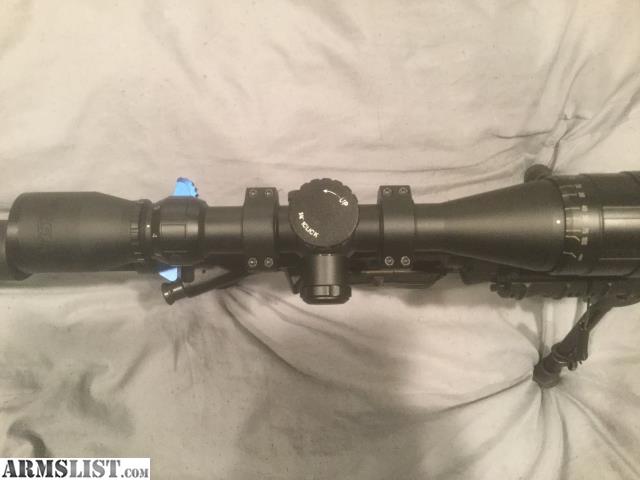


Within a few years, even the people who’d been putting out barely acceptable guns were building rifles which rarely needed more than a quick once-over by an experienced hand. And for consumers, the windfall was spectacular. The period immediately following that shift in consumer education levels was rough, but the end result for manufacturers was undeniable: everyone had to get better. DPMS had, despite their lengthy history with the AR platform, grown lazy with regards to manufacturing processes and penny-pinching in regards to componentry, and this new breed of discerning rifle buyer punished them for it. The advent of the educated AR-15 consumer, spurred in large part by Rob Sloyer’s now famous (or infamous) M4 chart, resulted in widespread rejection of ARs from many well-known manufacturers who used unknown barrel steels, or mismatched feed ramps, incorrect front sight towers, or poorly staked gas keys. You’d have to figure they’d be good at it, although to be entirely honest, their reputation took a beating for a few years. DPMS has been building both AR-10 and AR-15 pattern rifles for a long time.


 0 kommentar(er)
0 kommentar(er)
